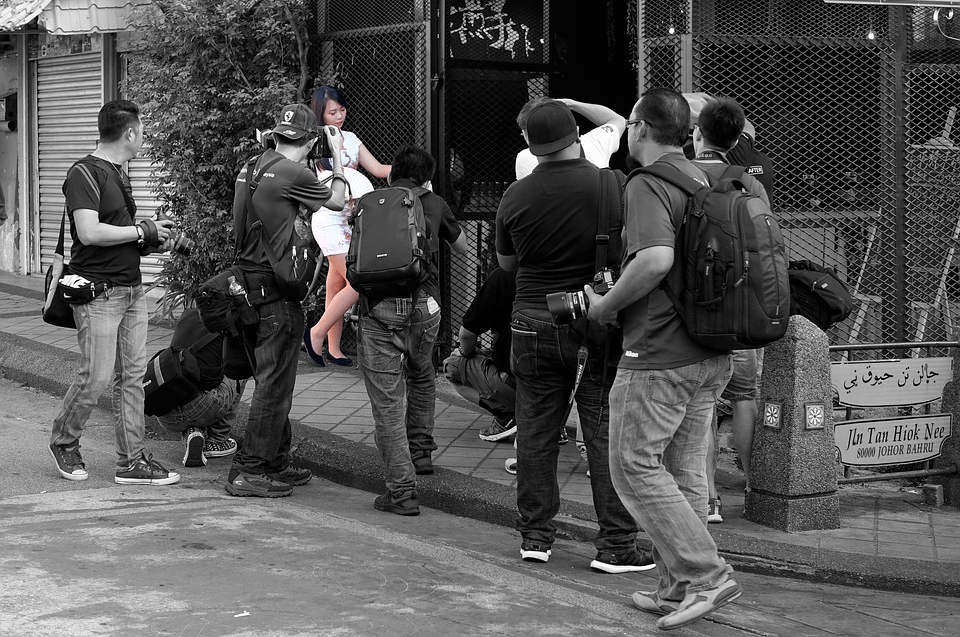
If you’ve been a professional photographer fora while, you are plenty acquainted with the ins and outs of subcontracting. However, if your photo shoot ends in a lawsuit, do you know how your business is affected? Many professional photographers have never thought that far ahead, and your subcontracting status can determine whether you have put yourself and your business at great risk. Can you weather the storm?
There are two important points to keep in mind:

Point Two – Photographer Count: An accurate photographer count is essential when you’re shopping for insurance. If you need to make a claim, but there are more photographers working for you than are reported on the policy, then the insurance company can deny your claim. This doesn’t happen often, but discovering that you have no protection after disaster strikes is a horrible ordeal for everyone involved.
Let’s See How These Two Scenarios Play Out in the Real World:
“Georgia Wedding Photography” is scheduled for a Friday night rehearsal dinner. When the owner gets a last-minute request to shoot a local wedding at the same time, he hires a subcontractor, Donald Smith, to work on his behalf. He covers the last-minute wedding under his brand name.
Donald is busy shooting the wedding, he hits the dance floor to catch some live-action shots. The bride’s grandma bumps into Donald, falls to the ground and breaks her hip. Grandma ultimately sues Georgia Wedding Photography and Donald Smith Photography for damages of half a million dollars. The court determined it was a contributory loss, and both Donald and Georgia Wedding Photography are held responsible for portions of the loss.
Georgia Weding Photography’s liability insurance policy provided coverage for just such a lawsuit. However, it did not cover Donald Smith Photography, as he was a subcontractor, and was expected to have his own liability insurance policy.
Additionally (remember point #2?) Georgia Wedding Photography had purchased liability insurance for only one photographer. This constituted inaccurate reporting, so the claim was denied. Even had Donald worked for the company as an employee, he still was not listed as an additional photographer. Donald assumed he was protected under Georgia Wedding Photography’s coverage, and had no liability insurance of his own. Because of this, Donald becomes personally liable for his portion of the half million dollar lawsuit!
HOW CAN YOU AVOID THESE COSTLY SITUATIONS?
- If you work as a subcontractor, you MUST secure your own liability insurance. Donald could have avoided a costly mistake had he just kept his own insurance policy.
- If you hire subcontractors, obtain a Certificate of Insurance from the subcontractor as proof of liability coverage. A liability limit of $1,000,000 or more is recommended.
- Whether you have employees or the occasional subcontractor, be sure you purchase insurance to cover the correct number of photographers. If you fail to do this, your insurance policy may not protect you as intended.
NEED COVERAGE FOR YOUR BUSINESS?
APA Insurance Services understands the insurance needs of photographers and are more than happy to answer questions and help you get the coverage you need. Most insurance policies for photographers cost only a few dollars a month. Don’t wait until it is too late, contact Karen Stetz at to understand your insurance options today.
Note: These examples are based on real claims scenarios. However, the details have been fictionalized to protect the privacy of those involved.
Filed Under: insurance education